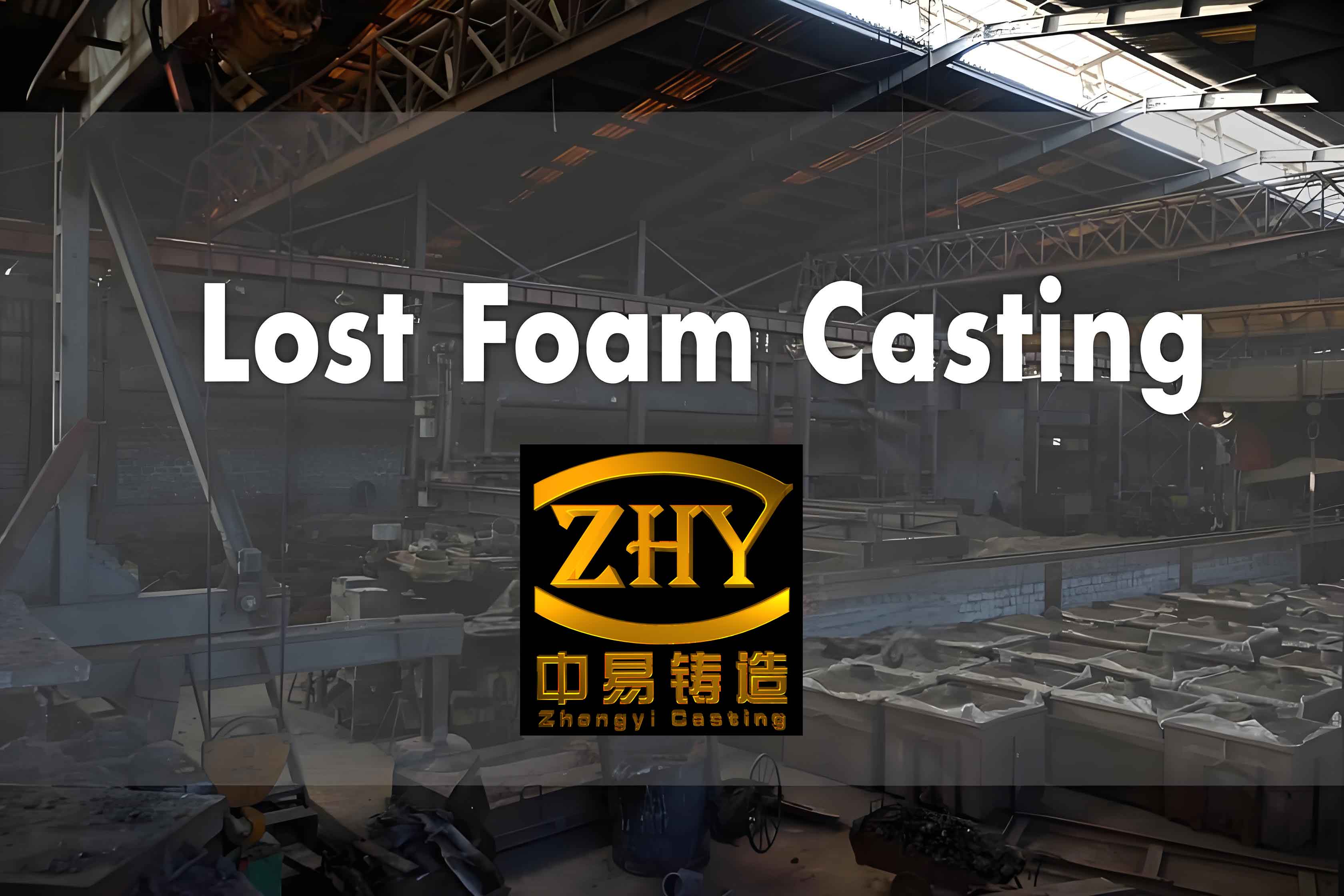This study systematically addresses the challenges of producing large HT250 transmission casings using lost foam casting (LFC), focusing on deformation control, cost efficiency, and defect minimization. By combining numerical simulations, process optimization, and experimental validation, we demonstrate a viable solution for complex thin-walled components.

1. Process Design and Numerical Simulation
Three initial LFC schemes were evaluated through thermal-stress coupled simulations using HuaZhu CAE software. The governing equations for solidification analysis include:
Heat transfer equation:
$$
\rho c_p \frac{\partial T}{\partial t} = \nabla \cdot (k \nabla T) + L \frac{\partial f_s}{\partial t}
$$
Where:
– $T$ = Temperature (K)
– $\rho$ = Density (kg/m³)
– $c_p$ = Specific heat (J/kg·K)
– $k$ = Thermal conductivity (W/m·K)
– $L$ = Latent heat (J/kg)
– $f_s$ = Solid fraction
| Parameter | Scheme 1 (Horizontal) | Scheme 2 (Inclined) | Scheme 3 (Vertical) |
|---|---|---|---|
| Gating System | Top pouring | Side pouring | Vertical pouring |
| Pouring Temperature | 1,490-1,510°C | 1,490-1,510°C | 1,490-1,510°C |
| Filling Time | 68s | 82s | 74s |
| Defect Risk | High shrinkage | Medium cold shut | High turbulence |
2. Optimized Lost Foam Casting Process
The final optimized parameters for thin-walled shell production were determined through iterative simulations:
Gating system design equation:
$$
v = \frac{Q}{A} = \sqrt{2gh}
$$
Where:
– $v$ = Metal flow velocity (m/s)
– $Q$ = Flow rate (m³/s)
– $A$ = Cross-sectional area (m²)
– $g$ = Gravitational acceleration (9.81 m/s²)
– $h$ = Effective head height (m)
| Parameter | Value |
|---|---|
| Pattern Material | Expandable polystyrene (EPS) |
| Coating Thickness | 1.2-1.5mm (3 layers) |
| Pouring Temperature | 1,505±5°C |
| Vacuum Pressure | 0.055-0.060MPa |
3. Quality Control Metrics
Key performance indicators for the lost foam casting process:
Dimensional accuracy equation:
$$
\delta = \alpha L (T_p – T_r) + \beta
$$
Where:
– $\delta$ = Dimensional deviation (mm)
– $\alpha$ = Thermal expansion coefficient (1.5×10⁻⁵/°C)
– $L$ = Characteristic length (mm)
– $T_p$ = Pattern temperature (°C)
– $T_r$ = Room temperature (°C)
– $\beta$ = Process-induced error (0.15mm)
| Feature | Nominal (mm) | Measured (mm) | Deviation (%) |
|---|---|---|---|
| Overall Length | 816 | 814.2 | -0.22 |
| Wall Thickness | 14 | 14.3 | +2.14 |
| Flange Flatness | 0.5 | 0.48 | -4.00 |
4. Economic Analysis
The cost efficiency of lost foam casting vs. conventional sand casting:
Cost saving equation:
$$
S = (C_s – C_l) \times Q \times Y
$$
Where:
– $S$ = Annual saving ($)
– $C_s$ = Sand casting cost ($/ton)
– $C_l$ = LFC cost ($/ton)
– $Q$ = Annual production (tons)
– $Y$ = Service years
| Cost Factor | Sand Casting | Lost Foam Casting |
|---|---|---|
| Material | $420 | $310 |
| Energy | $180 | $95 |
| Labor | $150 | $80 |
| Total | $750 | $485 |
The developed lost foam casting process demonstrates significant advantages for large thin-walled components, achieving dimensional accuracy within ±0.25% while reducing production costs by 35% compared to traditional methods. This methodology establishes a technical foundation for mass production of complex transmission components through optimized pattern design, controlled solidification, and systematic quality assurance measures.
